What Is Your Motivation?
As we move into the New Year you might be starting to work on new resolutions or goals. Will you be one who completes your goals this year? How bad do you want it? There is pain and sacrifice to achieve it, but there could be pain if you don’t achieve it. Recently someone in the Venus Index Community posted this article “What is your Motivation?” and I was intrigued by the author’s use of pain motivation and his figurative “Alpo” as the pain.
I read this right around the US Thanksgiving holiday. I was actually a bit frustrated on the holiday due to several weeks of social eating events and my jeans no longer fit comfortably. Rather than have a meltdown I took a deep breath and decided I would not ruin the holiday with my precious husband Randy. I would come up with a plan to fix the problem the next day. The following day I decided to take a picture of the several pair of jeans that didn’t fit and place them on the refrigerator and pantry doors. I also included a smiley face and the words “pain motivation”. The picture reminded me of how awful I felt when the pants didn’t fit.
Be Kind to Yourself Right Where You Are, Right Now
As I was pondering this I had a thought about struggles and victories; cycles continue, struggle, victory, struggle, and victory. Self-worth issues don’t magically go away when you reach your fitness ideal. The best time to treat your body as the temple of beautiful treasures is right now, while continuing the lifelong seasons of reaching new goals.
Randy kind of frowned at me when I put up the picture in the kitchen because it was negative. Not only that but he thought I looked perfect the way I was. I was probably still somewhere around 12% body fat. Since I tend to be hard on myself I have to be careful with the concept of pain motivation. Many of my girlfriends tell me they must be careful with this concept as well because of a history of eating disorders that stem from issues of self-worth. I’ve never had eating disorders or emotional eating issues but like many women I struggle with body image issues. I have to remember that the images of fitness models in fitness magazines are Photoshopped.
I had to remind myself that even though I wanted to achieve a mini goal of fat loss that I was also okay right where I was. I was healthy, I looked fit, no one saw the little extra bit of fat except me. It was up to me to make the choice how far I wanted to take it. Randy, knowing my personal history, warned me with his frown that he’d better not see me beating myself up over this mini goal.
Be Flexible, It’s Okay to Switch It Up
It only took a few weeks to achieve the goal of fitting into the jeans so I switched my motivator to a more positive pleasure motivator (the photo below with the quote “Nothing tastes as good as FIT feels”). I still remember how I felt the day of this photo shoot and how ecstatic I was when I saw how the pictures turned out. I decided to make my own (first ever) motivational poster and use it for myself to continue on with my mini goal. So far it’s working for me.
How Bad Do You Want It
The author talks about moving from a state of “Coulda Shoulda Woulda” to a state of “Must” and that reminded me of when I reached my peak of weight gain in 2009. My weight topped out at over 170lbs. Something had to change. I couldn’t possibly do more fitness so I had to change something else. I had to change my mental mindset and I decided to simply eat less and cut my portion sizes in half. As I made progress losing weight I constantly used a symbol in my mind of door #1 and door #2. Door #1 represented achieving the fitness level I had always wanted. Door #2 represented everything else, every excuse, and simply staying where I was or worse.
The vision of what was behind door #2 was so painful to me that I felt I had no choice. I must take door #1 which meant continuing to eat at a calorie deficit. It didn’t mean I had to deprive myself of food; I simply had to eat the right amount to achieve my goal. This is the beauty of the Anything Goes Diet, Eat Stop Eat, and the Venus Index principles. Every day when I wanted to eat more than I needed I simply told myself I could have more tomorrow (door #1).
I realized that I used the pain and pleasure motivators all along; door #1 was painful to go through at times but pleasure was on the other side, and door #2 was more pleasurable to go through but pain was on the other side. Which did I want? I chose door #1 just about every day for two years.
I had posted up a catalog picture in the kitchen of a swim dress from an athletic clothing company because I wanted to purchase and wear the dress someday. The picture was a symbol of my door #1 and I kept it posted in the kitchen for about a year. I achieved that goal and purchased the dress and wore it to the Caribbean last Christmas. It was my motivator and my reward.
Positive Motivators Worked for Shannon As Well
My friend Shannon who is a busy working mom and wife struggled all her life with weight fluctuations up and down. She said the tools that finally helped her nail down her success were the Reverse Taper Diet, the Anything Goes Diet, and the Venus Index Workout metric goals using the “Golden Ratio“.
For motivation Shannon said this:
My past experiences taught me about several components to successful weight loss: estimating my daily calories so I can be sure I am in a deficit, following an exercise program that I enjoy, taking measurements to track my progress, and working towards a set of daily goals.
The process isn’t all that exciting, but the outcome is! I have been using a planner and stickers to track several daily goals since before my baby was born, including a sleep goal, a calorie deficit goal, a step goal, and a workout goal. I get a sticker for hitting each of these daily goals, and I find that the number of goals I hit in a week is strongly correlated with weight loss (or maintenance) success.
It’s a simple system, and I can easily see the little wins as they pile up. I like to think about these daily goals as little gifts I am giving to myself every day that have both short term and long term positive effects.
Shannon’s results motivated her husband to start the Adonis Index program. I would say positive motivation worked very well for her indeed:
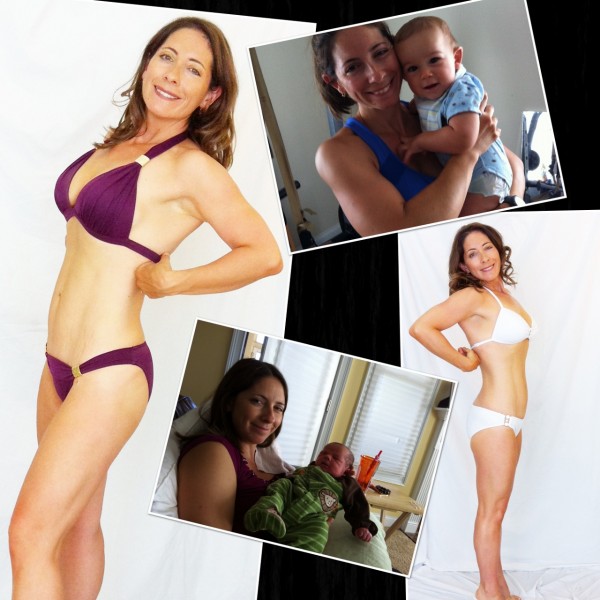
Positive motivators worked for Shannon
Experiment and Find What Works for YOU
Motivation is different for each person. You must first define what you want and set your goal. Then find what motivates you. Be flexible and if something isn’t working try something else. Make sure it’s fun and really does motivate you. Be kind to yourself at all times. You can change and adjust your plan any time you want. That is the beauty of experimentation. You don’t have to stay stuck in a plan that is not working, causes you anxiety, or ends up being destructive to your self-worth or self-image. We all make mistakes sometimes and learn from them.
- Set goals
- Experiment
- Find what motivates you
- Make it fun
- Be kind to yourself
- Make it a daily routine
- Track progress
- Get support
- Give yourself rewards
- Be flexible
It is the Yew Year, 2013. What are your goals? How bad do you want it? Make it happen.
Ro
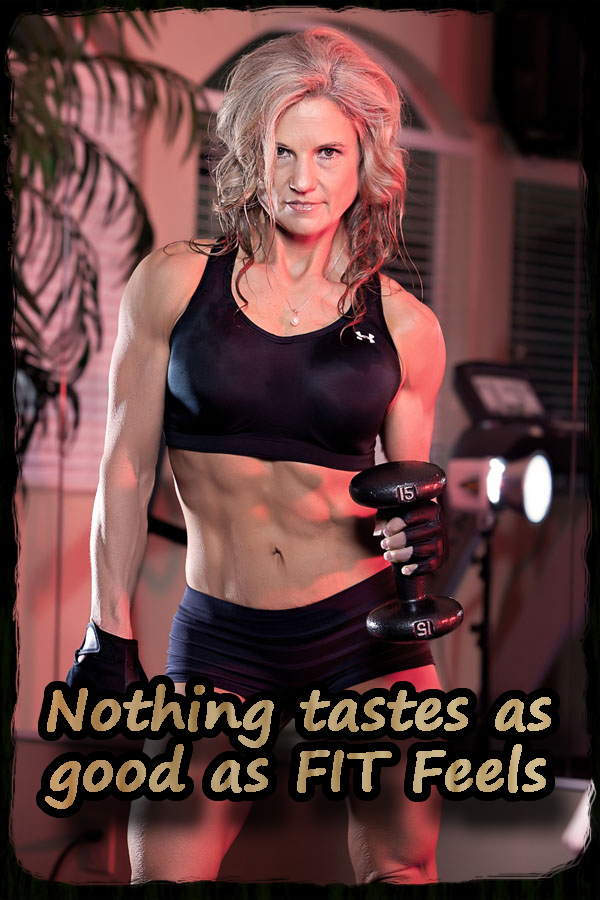
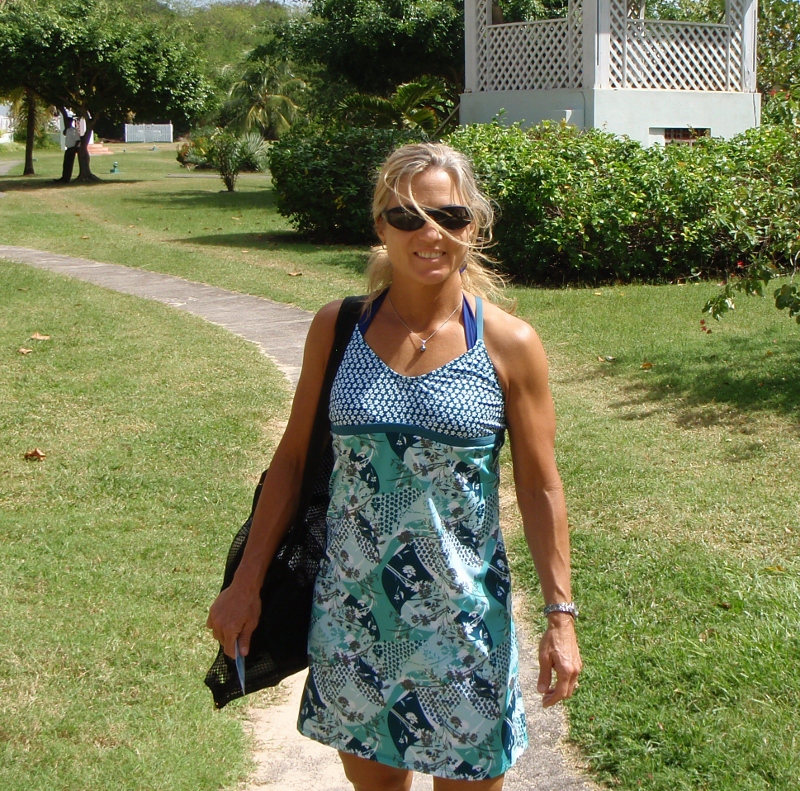

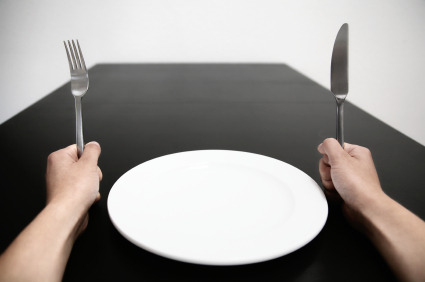
 Does Mona Lisa Smile For You?
Does Mona Lisa Smile For You?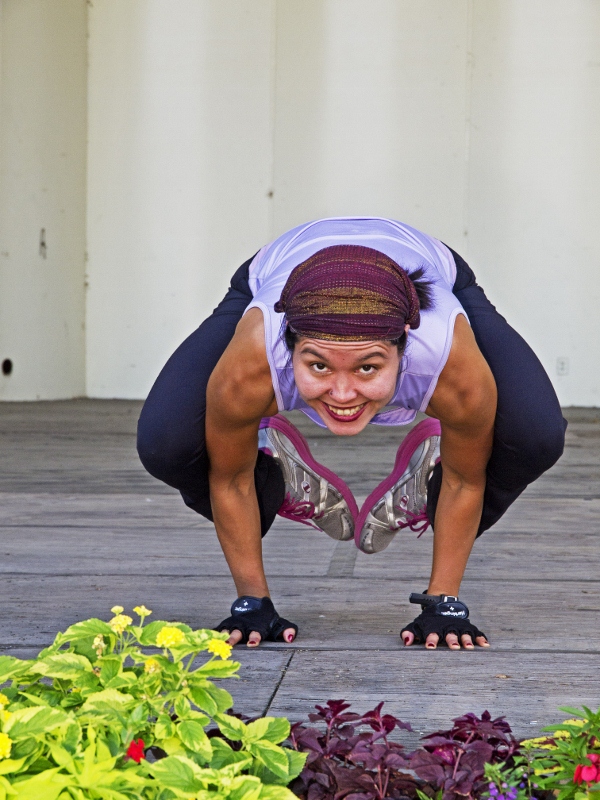
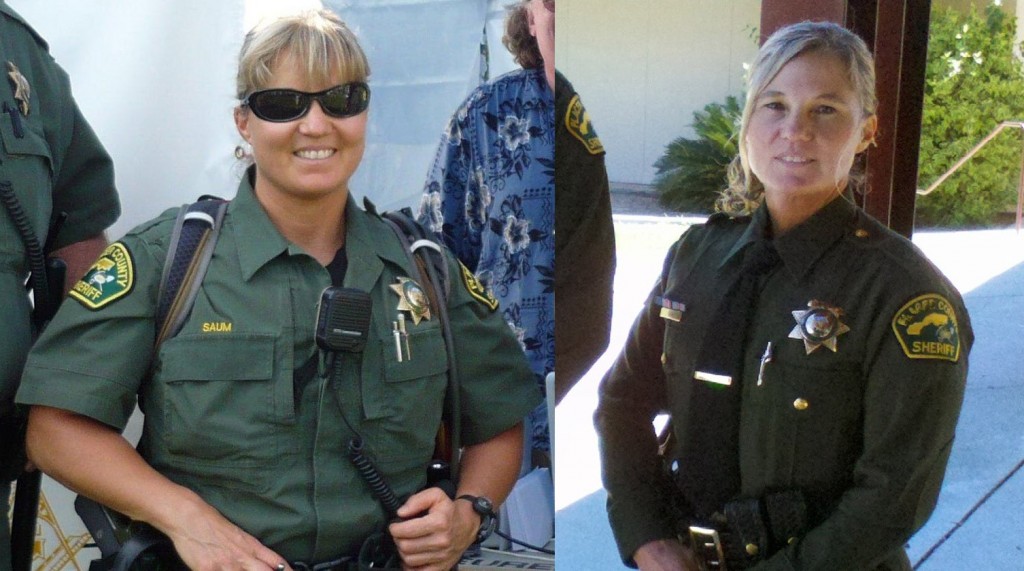

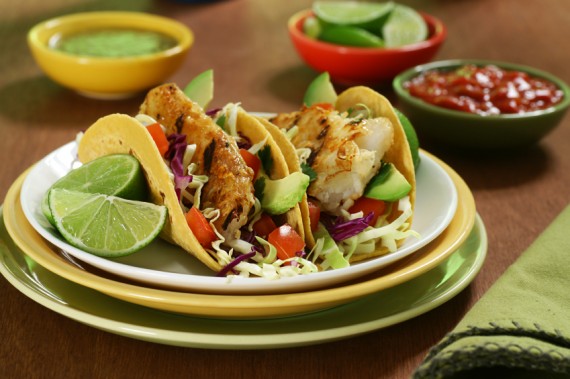
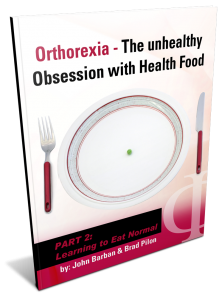

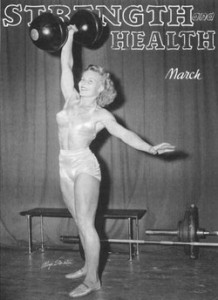

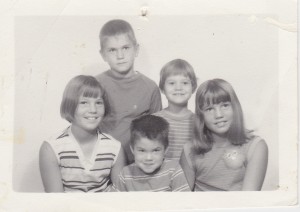
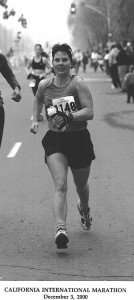
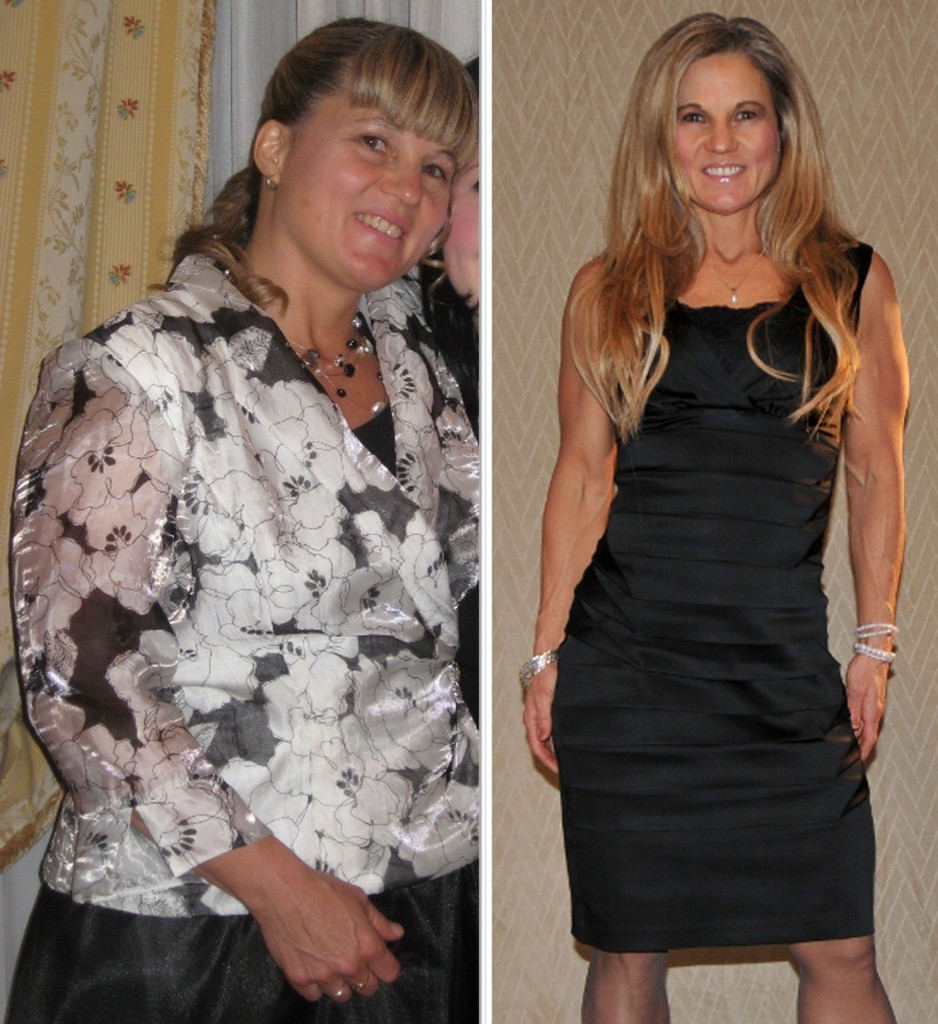
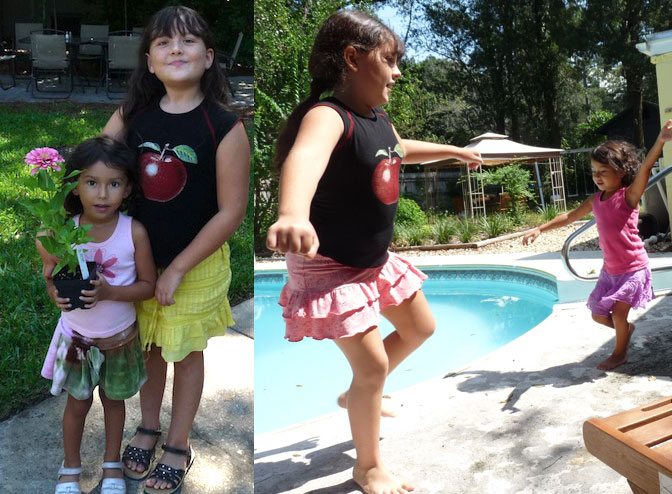

New Comments